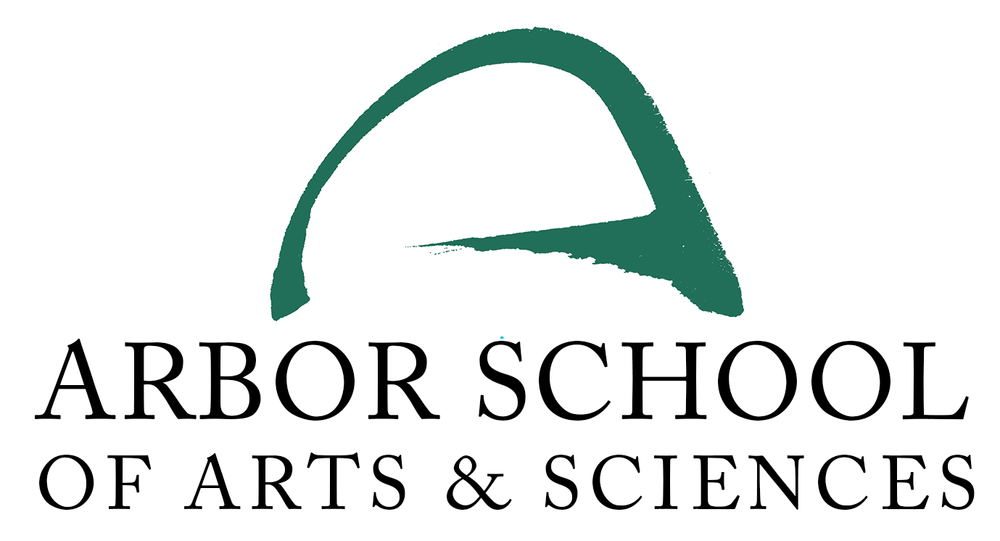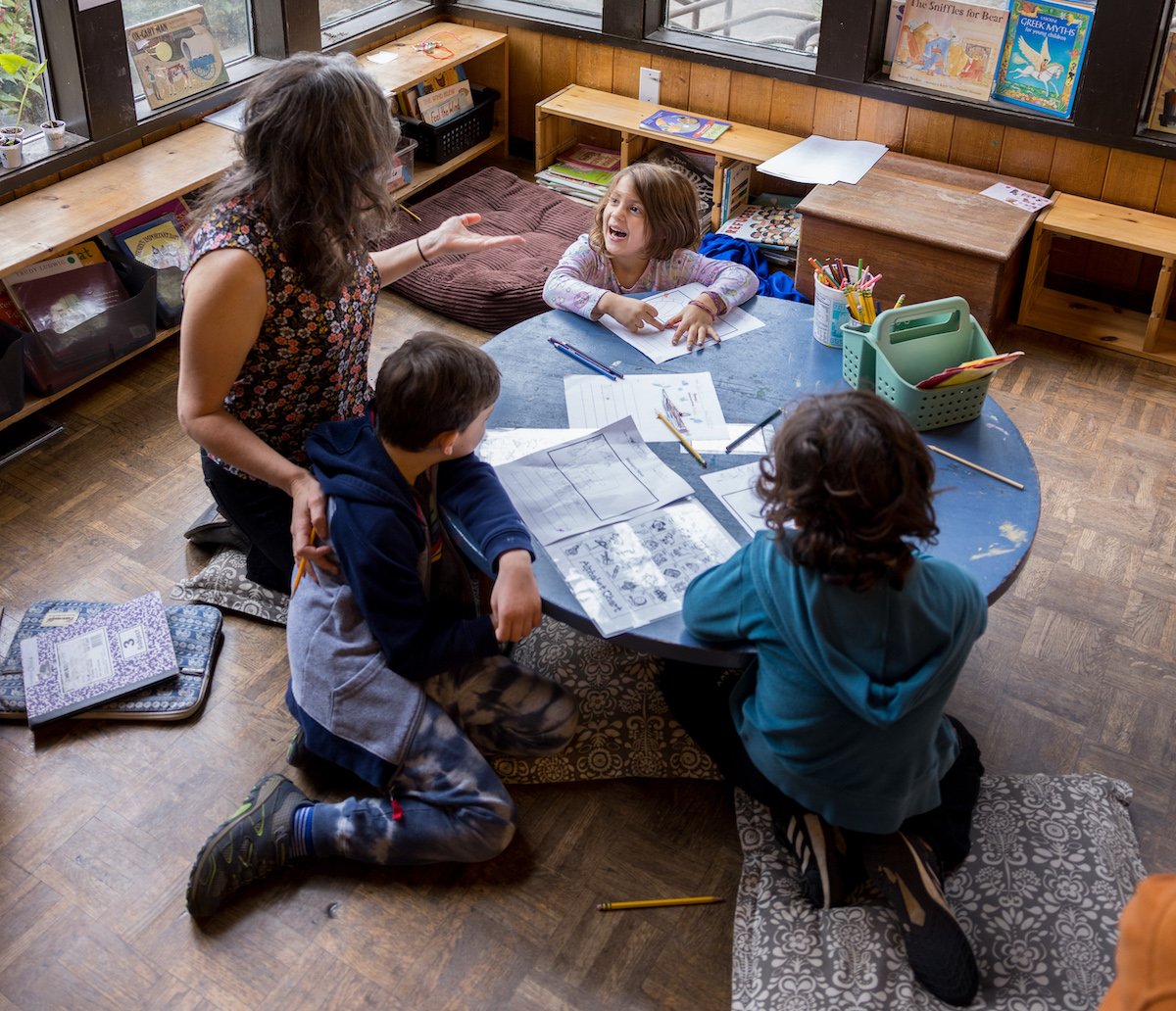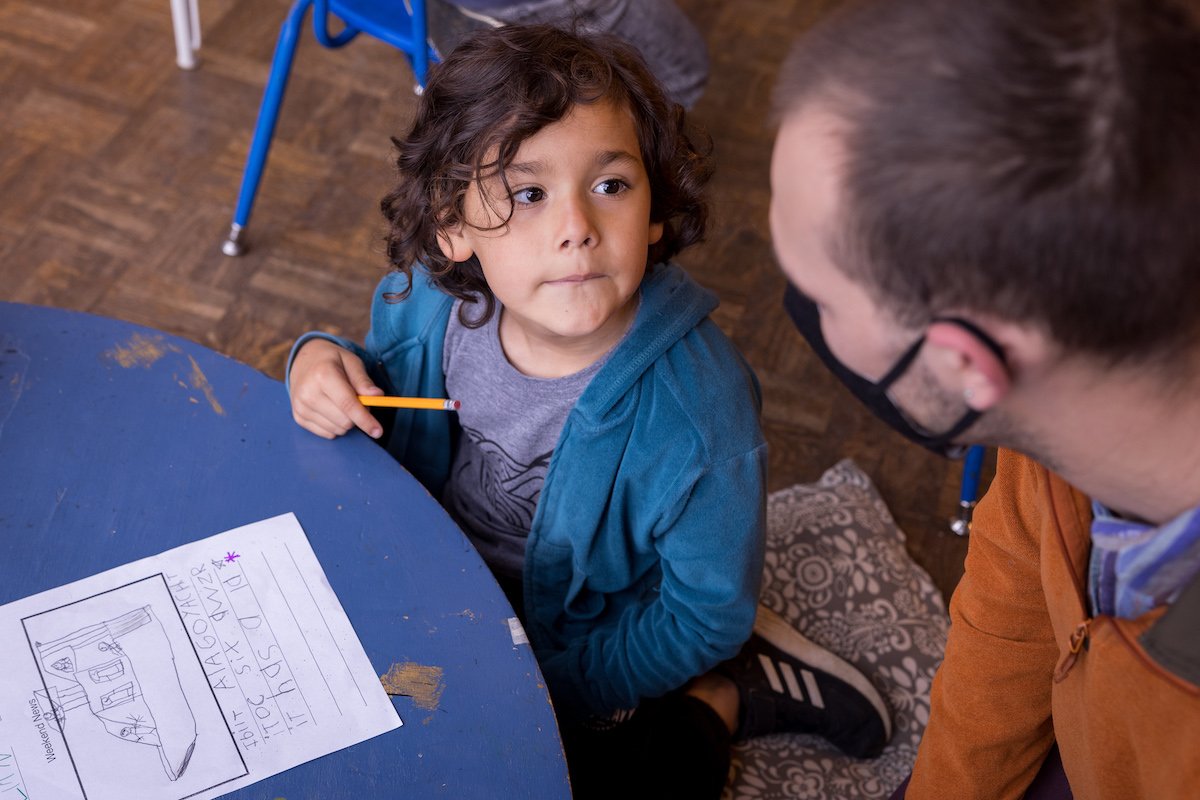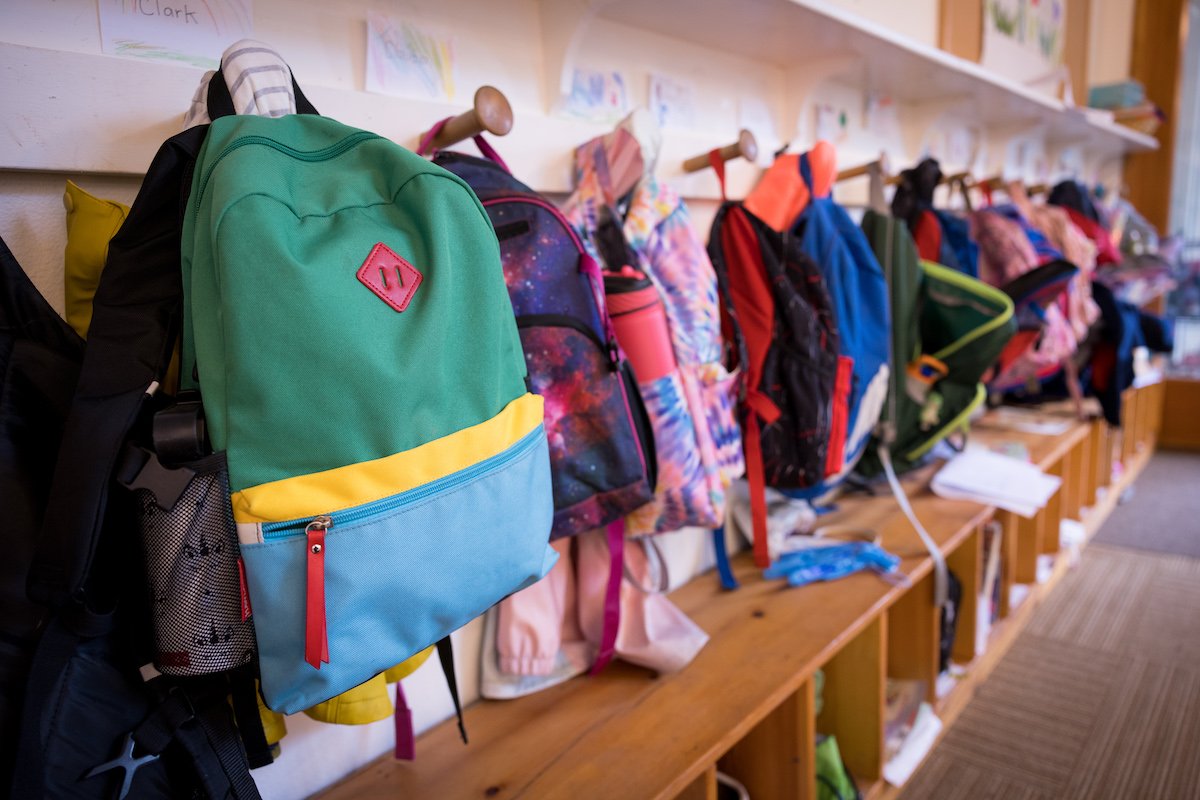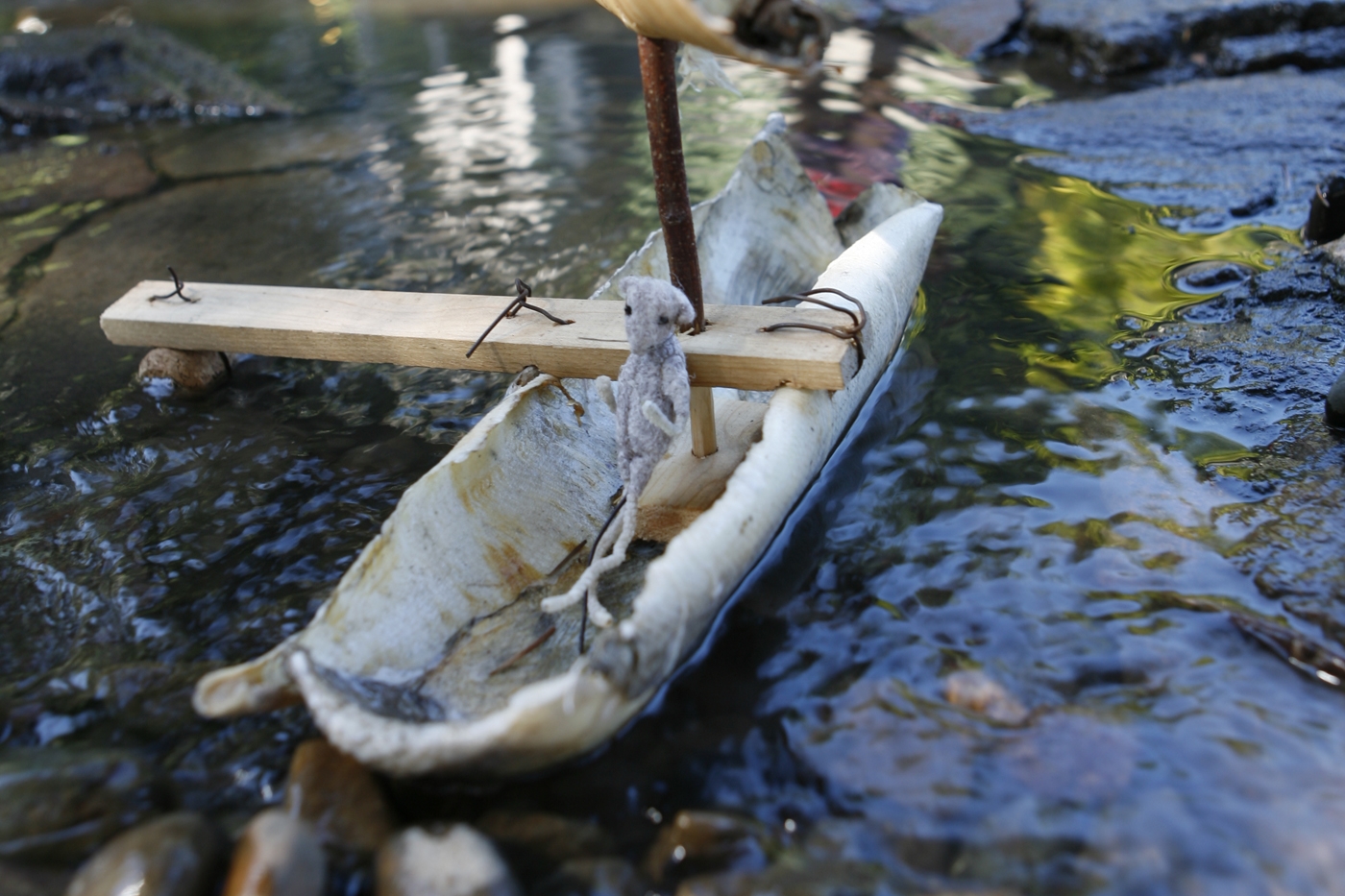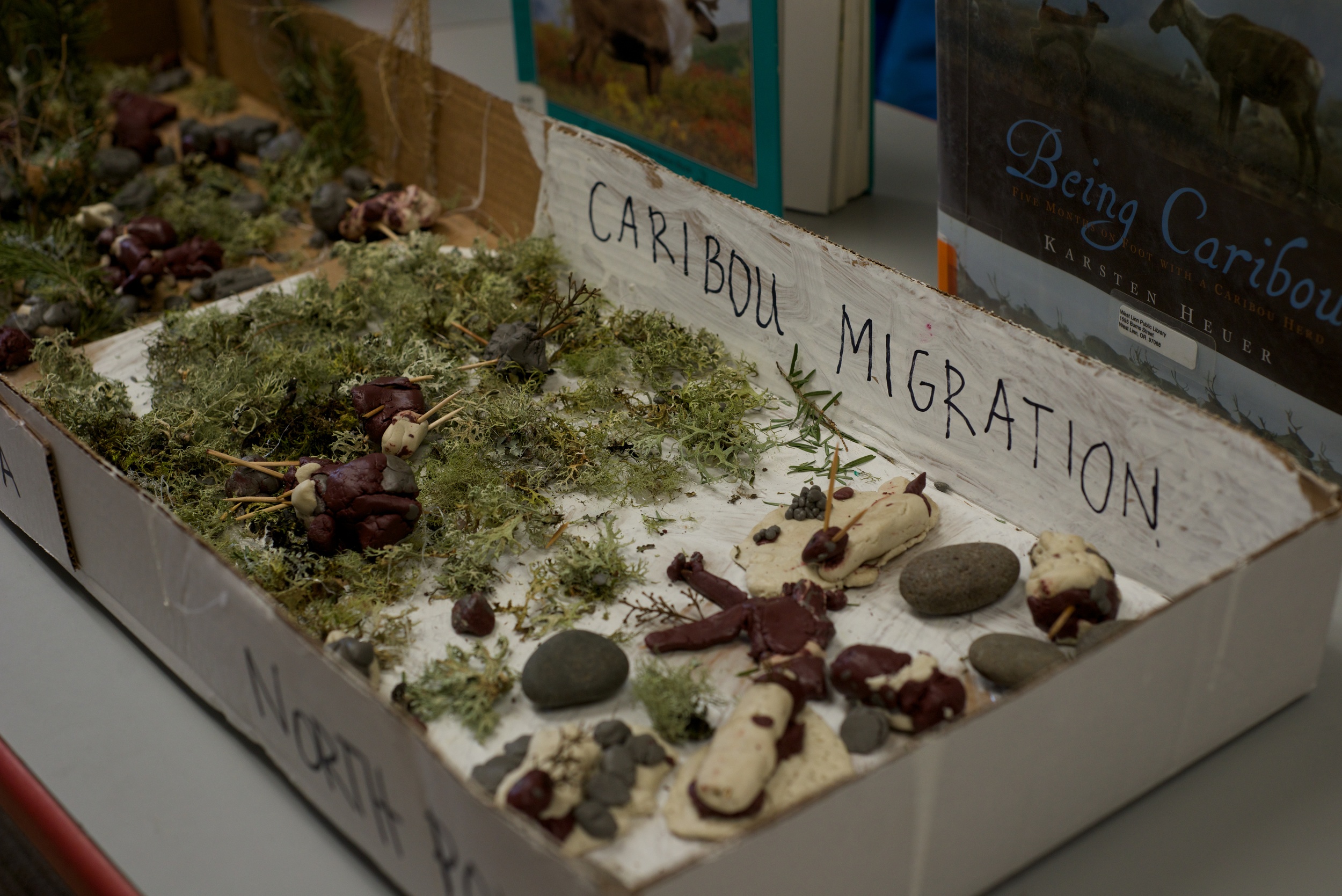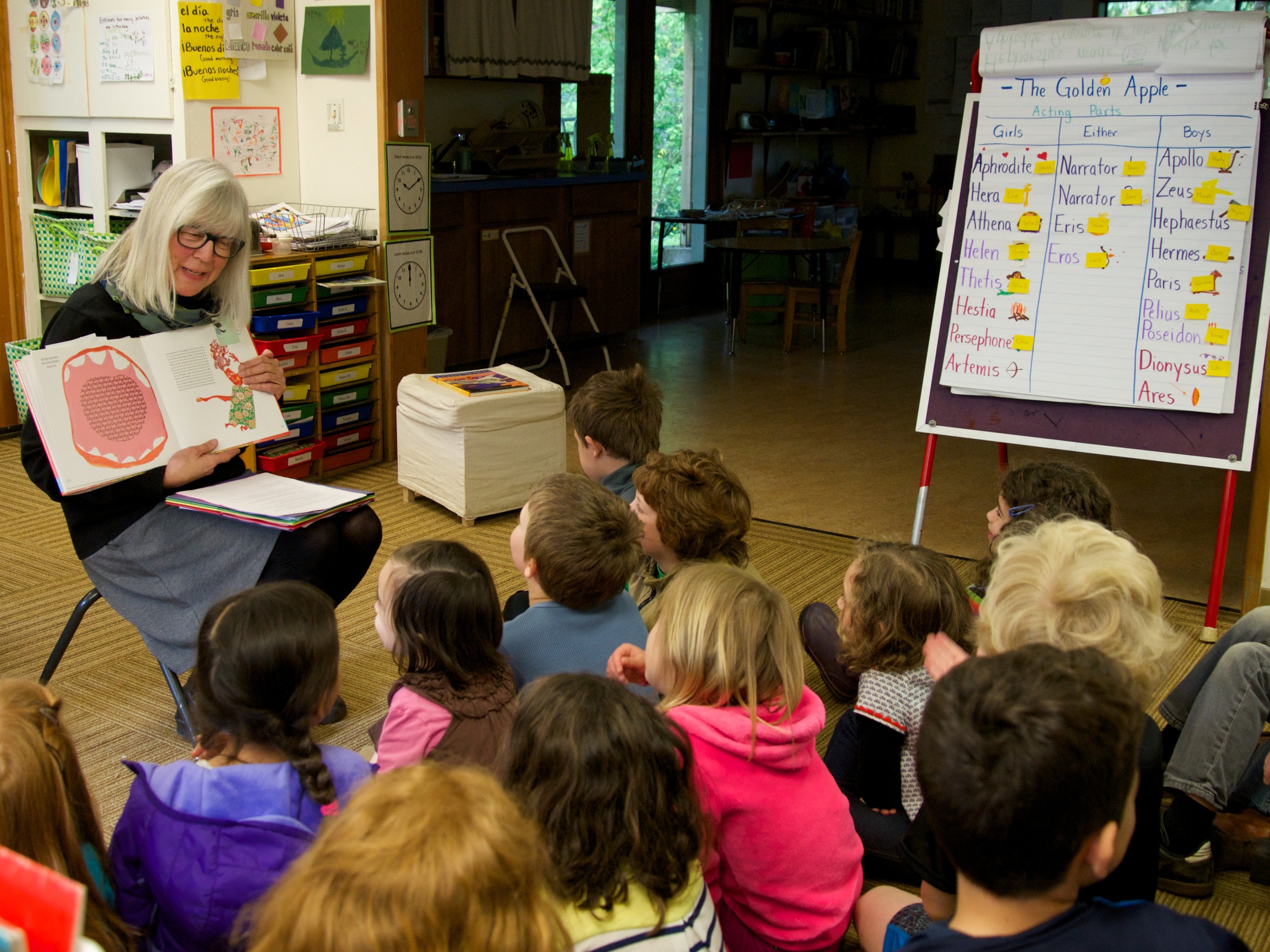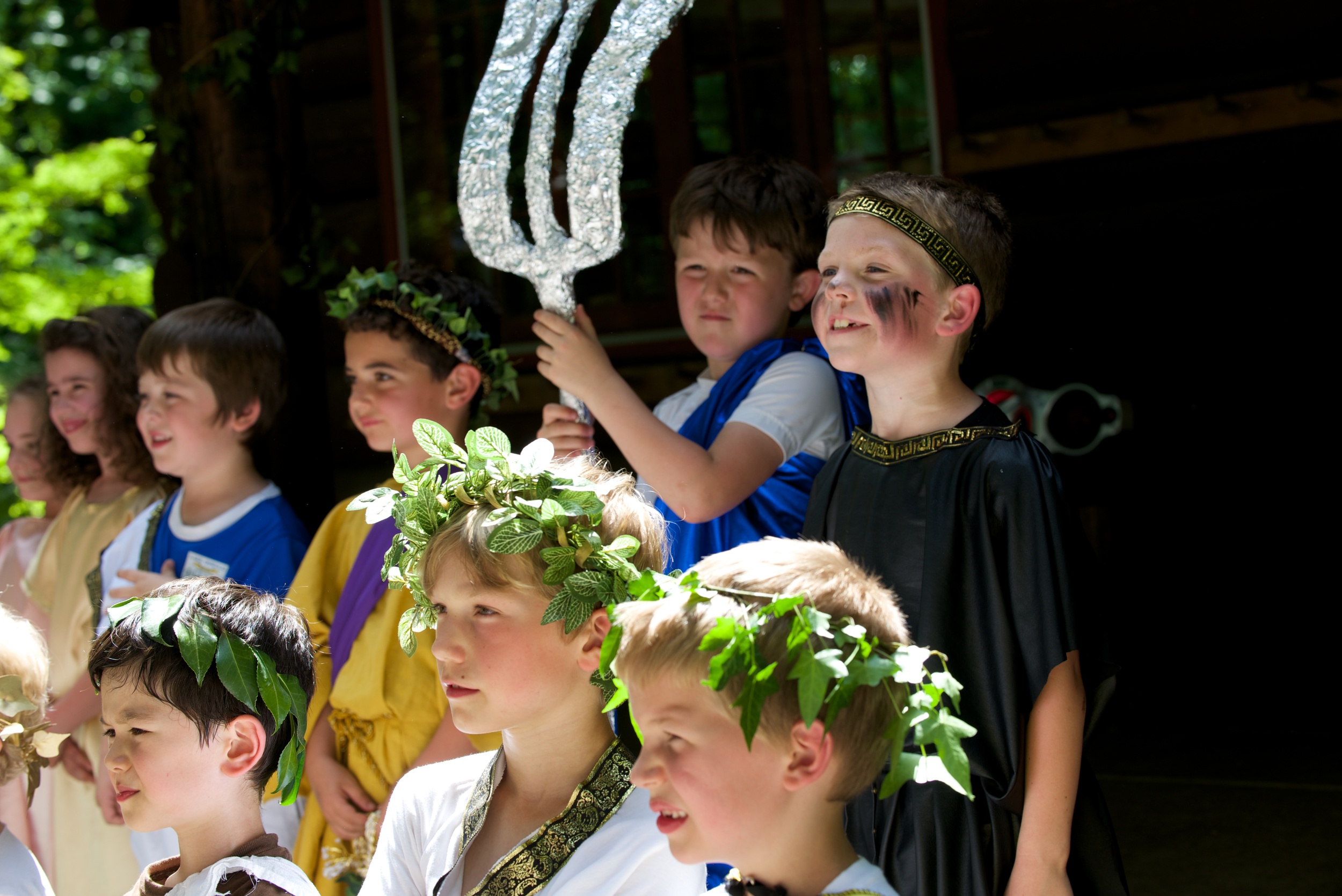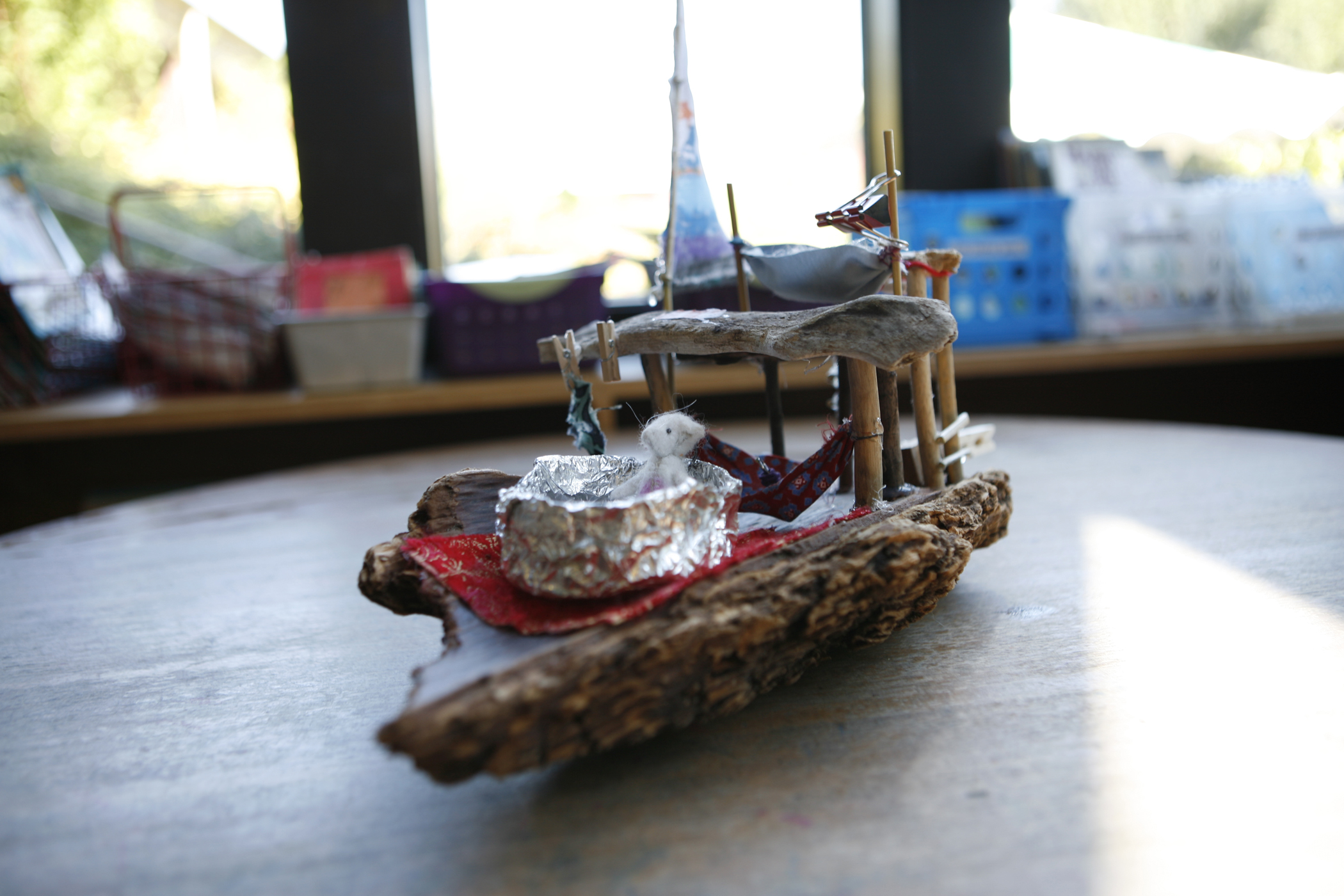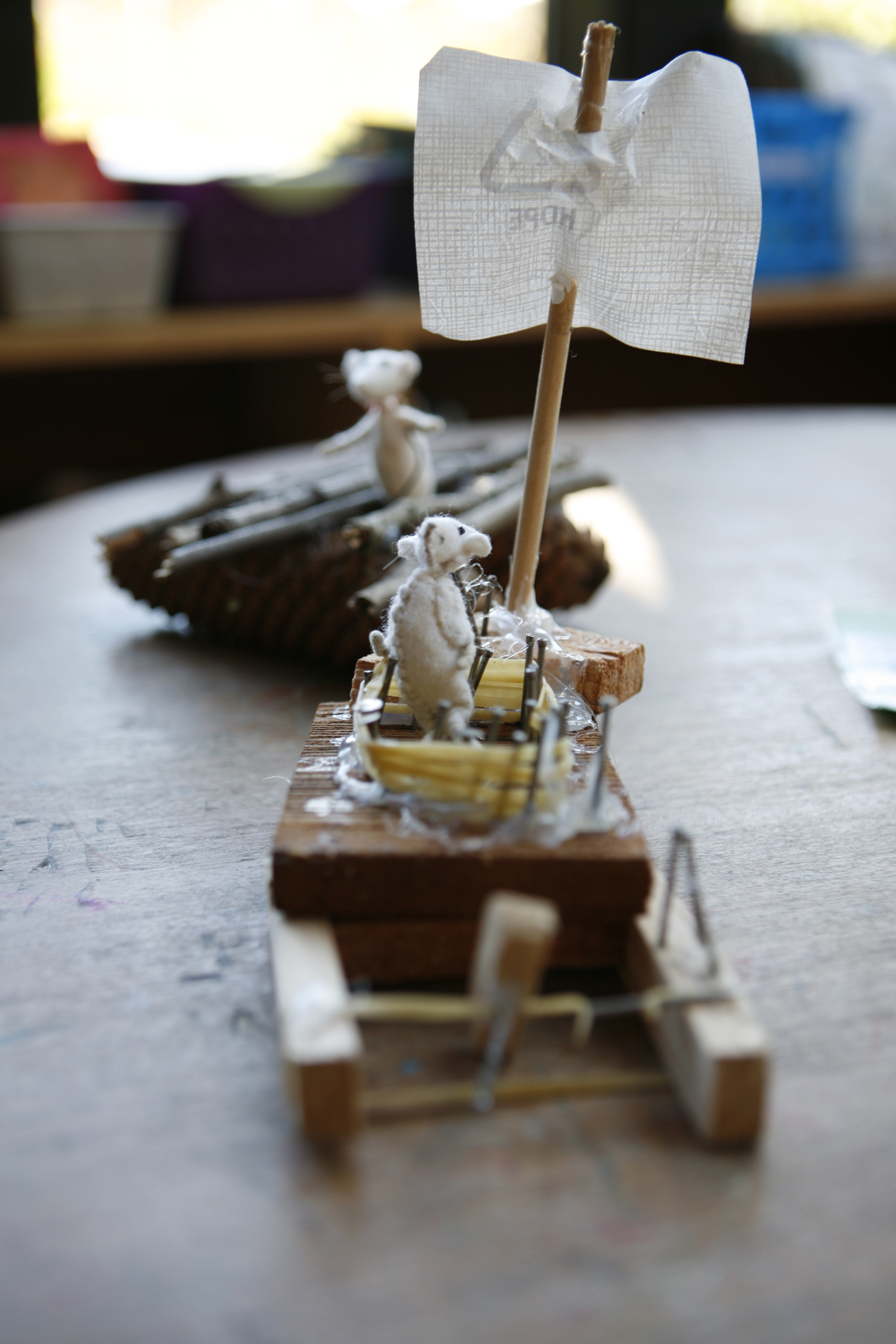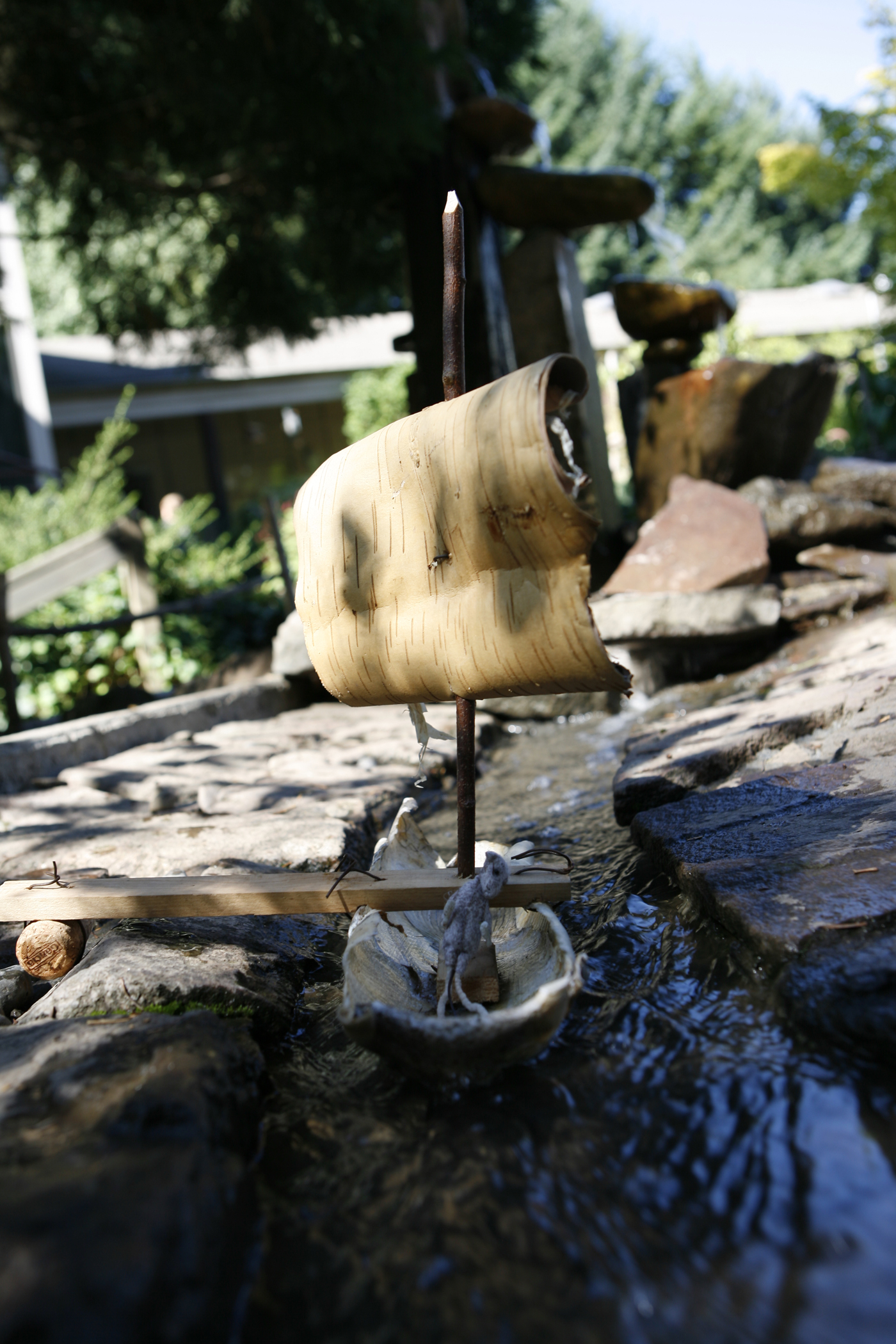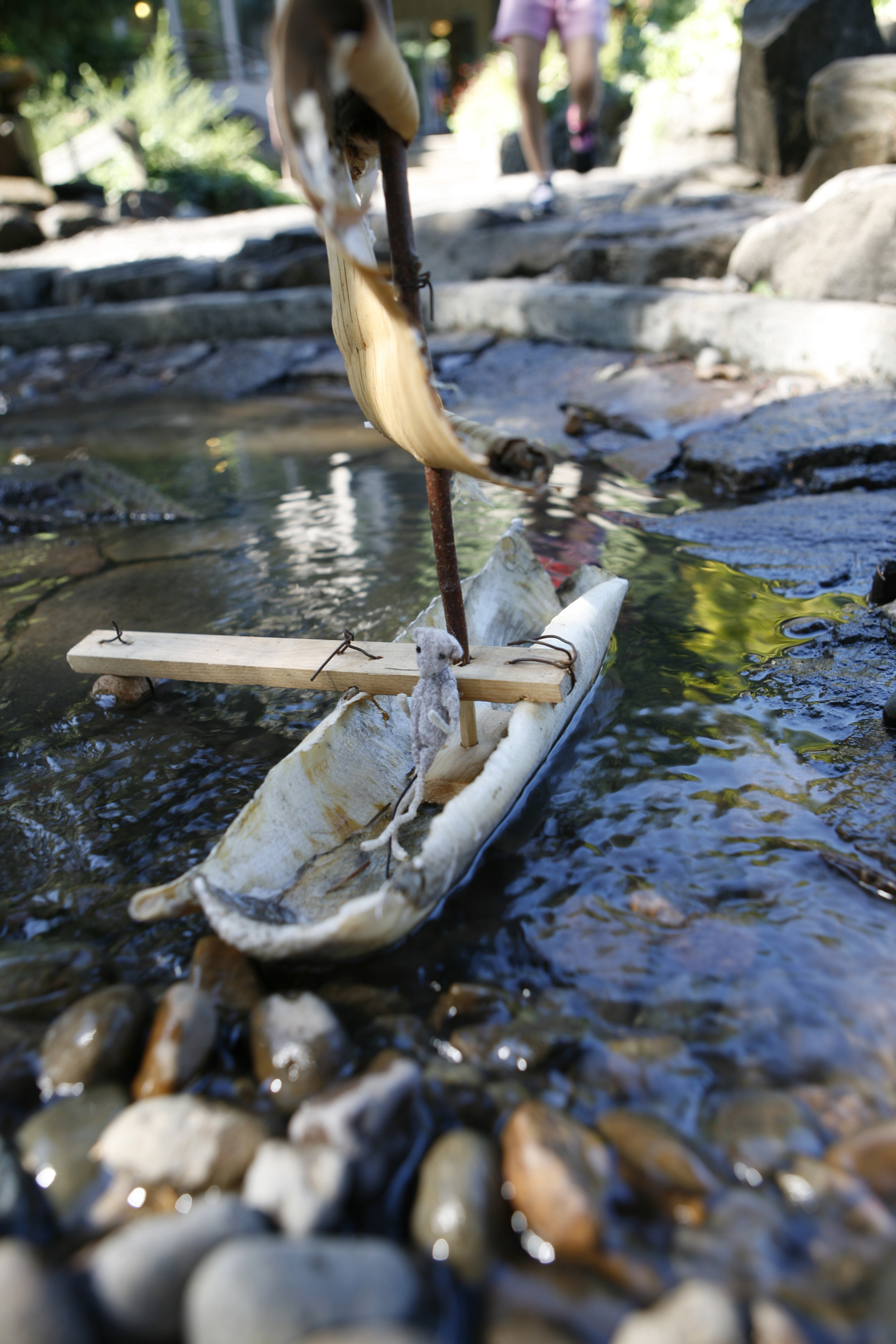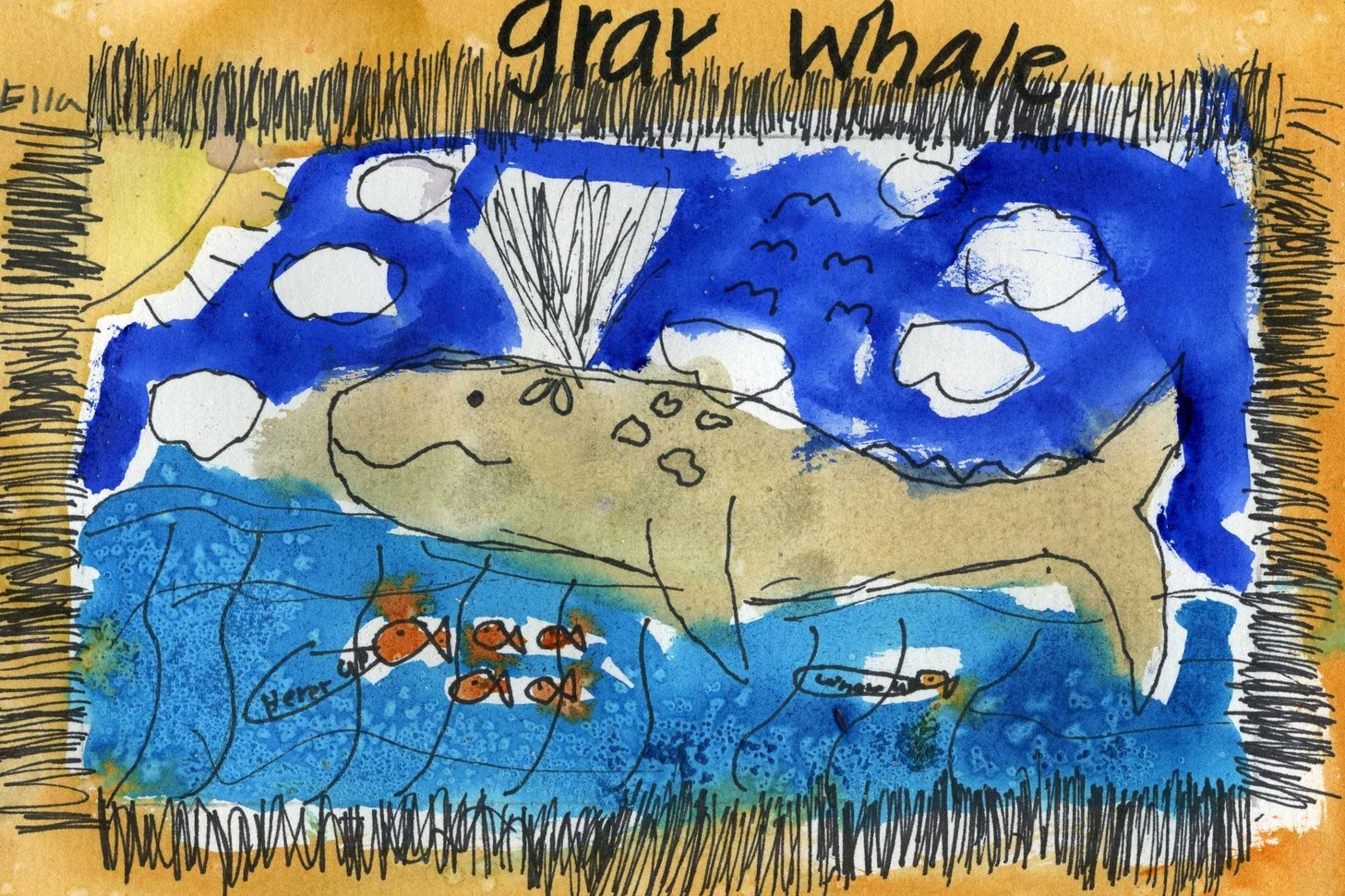PRIMARIES – Kindergarten and First Grade
Year 1: Seasons & Cycles
Humanities, Sciences, Design
Primary-aged children are natural observers and investigators of their world. Young children’s curiosity inspires them to open a pea pod and count the seeds or hunt for a caterpillar and imagine its life as a butterfly. They are beginning to notice the patterns and cycles that order their environment, that can be anticipated and counted on: autumn comes after summer, crocus bulbs bloom in the spring, chickens hatch from eggs. Our study of seasons and cycles serves to nourish this natural curiosity and provides ample hands-on opportunities to observe, question, experiment, and explore the natural world.
Plant Cycles: seeds, roots, shoots; flowers, fruits and plants on our plates; decomposition
Seasonal Change: animals preparing for winter, Winter Solstice
Water Cycle and States of Water
Critter Cycles: frogs, butterflies, and chickens; variation by taxonomy
Human Cycles: houses around the world, human body systems, human emotions
Independent Projects: following interests and sharing expertise
Students express their learning and investigate ideas through productive experimentation with a variety of media. In addition to expressing their understanding through literacy and numeracy, students practice techniques for portraiture, scientific drawing, ceramics, printmaking, sewing, and more. Pulling up a sprouting bean to draw its earliest roots and leaves or building a working model of the circulatory system induces careful observation and thought about the way things grow and work. Building a beaver lodge invites both imaginative play and inspires learning about animals’ ingenious adaptations to their environments. Constructing a model of a traditional house from a distant part of the world helps children think about how natural resources shape human cultures.
Year 2: Journeys
Humanities, Sciences, Design
The study of Journeys allows the Primaries to explore a place and time other than here and now and to acquire tools for navigating and describing new experiences. We learn about amazing journeys of both humans and animals, and a sense of wonder is instilled as we investigate the scale of nature's designs. Our studies include voyages of the imagination as well as migratory and historical journeys, and we search for compelling narratives to inspire writing, mapmaking, illustration, and dramatic play.
Physical Geography: maps and navigation
Sink and Float: boats and buoyancy; imaginary journeys
Migrating Animals: Monarch Butterflies, Blue Whales, salmon, caribou, Arctic Terns
Historical Journeys: life on the Nile, ancient and present day Egypt
Independent Projects: following interests and sharing expertise
Mapmaking is a hallmark of Arbor education. Drawing to understand the shape of the world around us will later help children form ideas about the relationships among human cultures and world biomes. Constructing scale and full-size models of whales lets students appreciate how vast some of those creatures are. Theater comes to the fore in this year as well, through role-playing of historical characters and dramatic reenactments.
Mathematics
The Primary math program helps students develop new tools for investigating their world. They discover that objects can be quantified, organized, and compared, and that there are relationships and predictable patterns in their surroundings. Math teaching aims to harness the natural energy and curiosity of five-, six-, and seven-year-olds. The work to build a foundation of numeracy is active, playful, and collaborative, leading young mathematicians to wrestle with big ideas even before they can fully understand them. Using manipulatives, pictorial representations, and, increasingly, the abstractions of numerals and mathematical signs, students learn to communicate their math thinking and build a repertoire of problem-solving strategies. We aim to help each child develop a strong and flexible number sense, a facility for recognizing and creating patterns, mastery of the concept of place value, and a range of methods for computation.
Number and Operations: reading and writing numbers to 100 and beyond, composing and decomposing into tens and ones, comparing magnitude of numbers, skip counting, adding and subtracting, understanding associative and commutative properties
Geometry: names, shapes, 3-D models, symmetry, combining and dividing shapes
Measurement and Data: attributes and comparisons; ordering and comparing objects by their attributes; using rulers, thermometers, and clocks; tallying; organizing sets; creating and interpreting graphs and charts; probability; Venn diagrams
Literacy
We have come to appreciate that no two students learn to read and write in precisely the same way or at the same pace. We help each individual student along their particular trajectory, knowing that success will come from patient guidance along that path. For these youngest students who are just entering the world of the written word, instruction aims to “teach students to hear what they see and spell what they hear.” Within a rich classroom environment, students are offered authentic and motivating opportunities in which to practice their burgeoning skills, working toward a phonemic understanding that will allow them to give voice to their thoughts, wondering, histories and fancies. Even through the hard work of learning how words are put together, the teachers always support and celebrate students’ desire to tell stories beyond their current means. Students are supported by materials that offer plenty of meaningful practice, whether in decodable readers with controlled vocabulary, or in satisfying transitional readers, or early chapter books. Whatever their independent reading level, all students revel in rich, beloved stories read aloud. There are constant opportunities to read and write across the curriculum, whether labeling the parts of a salmon on a scientific diagram, collecting amazing facts about whales, or journaling as they imagine themselves to be members of a historical expedition. Questions of the Day, Weekend News reports, dedicated daily reading periods, and reading conferences are among the many tools of our trade as we help children grow toward fluency and delight in literacy. Arbor teachers work to stay current in the burgeoning field of reading instruction.
